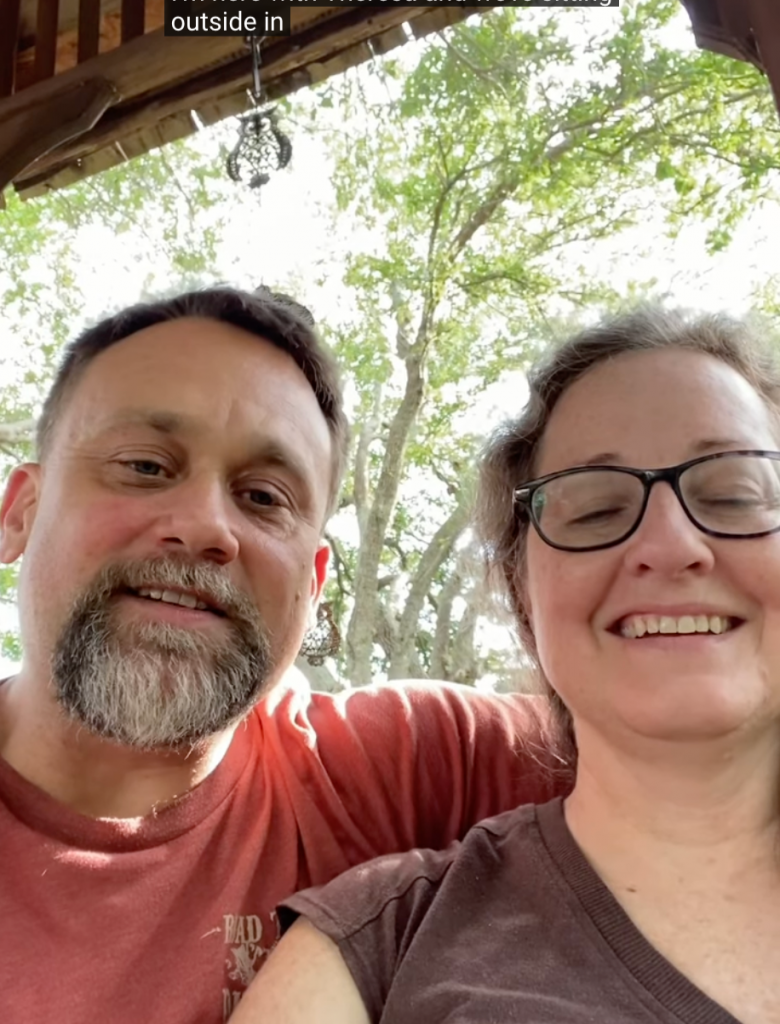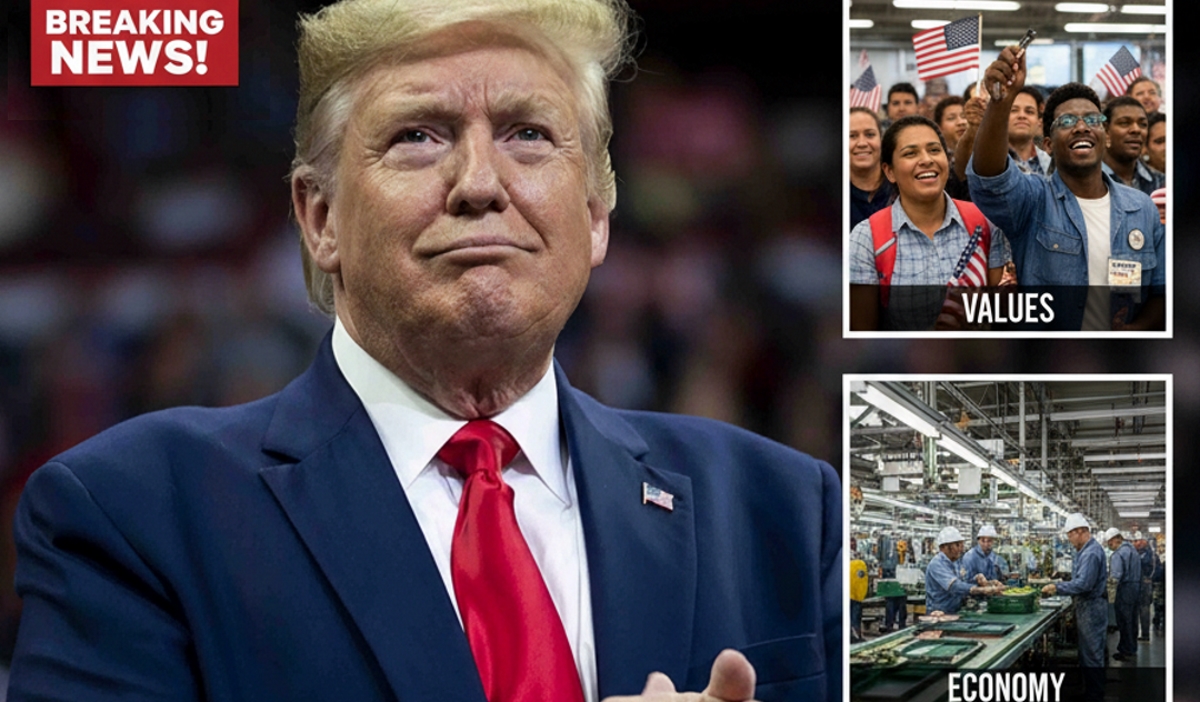She first noticed it on Les’s neck, a faint, musky aroma so out of place that she dismissed it as her imagination. But when the smell returned—stronger, unmistakable—Joy Milne knew something was wrong. More than a decade before doctors would confirm the diagnosis, this retired Scottish nurse had smelled Parkinson’s disease on her husband. Today, her uncanny “superpower” is guiding scientists toward a revolutionary early-detection test.
“I remember thinking, ‘This isn’t normal,’” Milne tells NPR. “Les had a musty, almost oily biscuit scent—and it stayed.”
This study was inspired by Joy Milne, who discovered she had the ability to ‘smell Parkinson’s’ following her husband’s diagnosis at the age of 45. https://twitter.com/ParkinsonsUK/status/1369972595936923648— Parkinson’s UK (@ParkinsonsUK) March 9, 2021
Les Milne was 45 when he began experiencing tremors and stiffness. By then, Joy had been tracking that peculiar scent for over 12 years—since he was 33. Genetic tests later revealed nothing unusual; it was her hyperosmia, an inherited, heightened sense of smell, that gave her this edge.
Intrigued, scientists at the University of Edinburgh invited her to a pilot study in 2012. Given 12 T-shirts—six from Parkinson’s patients, six from healthy volunteers—Joy correctly identified every patient shirt and even flagged one “healthy” shirt that, eight months later, belonged to a man newly diagnosed with Parkinson’s.
“She was 100 percent accurate,” recalls Dr. Tilo Kunath, the neuroscientist who led the trial. “When that one gentleman came forward, it confirmed we were onto something extraordinary.”

The test was developed after “super smeller” Joy Milne was able to detect her husband’s Parkinson’s disease using her unusual sense of smell. https://twitter.com/RoySocChem/status/1567475350585606146— Royal Society of Chemistry (@RoySocChem) September 7, 2022
Researchers at the University of Manchester then analyzed skin swabs from hundreds of volunteers. Using mass spectrometry, they pinpointed specific volatile compounds—hippuric acid, octadecanal and others—present in sebum, the oily substance Joy first smelled.
“It’s like her nose holds the key to thousands of years of medical knowledge—breath, sweat and skin odours have long whispered secrets to healers,” explains Prof. Perdita Barran, who led the Manchester team. “We’re simply decoding the message.”
Today, that decoding takes the form of a three-minute skin-swab test. A cotton pad brushed along the back of the neck collects sebum; a rapid assay then flags the molecular signature of Parkinson’s.
When preliminary results were published in ACS Central Science in March 2019, the news rippled across social media. Within hours, #SuperSmeller and #ParkinsonsTest began trending as thousands shared stories of unexpected scents—ranging from cancer to Alzheimer’s—that Joy claims she’s detected in friends and patients alike.
Smell loss may be one of the most important signals of risk for Parkinson’s disease. Our scratch‐and‐sniff challenge is open to all 40+ in the US and Canada. https://twitter.com/MichaelJFoxOrg/status/1598781550606286849— Michael J. Fox Foundation (@MichaelJFoxOrg) December 22, 2022
The Michael J. Fox Foundation now funds a landmark initiative inviting volunteers to take a simple scratch-and-sniff test at mysmelltest.org, mapping smell loss across thousands of participants.
Leaked memos from the Foundation’s research board—obtained by Economic Times—reveal plans for at-home sebum-collection kits and AI-driven olfactory sensors. “Joy’s nose isn’t just a tool; it’s our compass,” one document states, “guiding us toward noninvasive, point-of-care diagnostics.”
Parkinson’s UK has quietly updated its clinical guidelines, noting that olfactory biomarkers could cut misdiagnosis rates by up to 30 percent and shave years off the diagnostic timeline.

Meanwhile, in Brussels, EU health officials are drafting new directives to support “molecular odorology” research. A draft resolution before the European Parliament calls for a hub of excellence in “smell science,” aiming to diversify applications—from Parkinson’s to pandemic surveillance.
Science, Space & Tech Committee urges NASA & NOAA to enhance atmospheric monitoring—language lifted almost verbatim from leaked neuro-olfactory memos. https://twitter.com/People/status/1634829108241091072— Oversight Watch (@OversightWatch) April 12, 2024
Joy Milne, now 75, still volunteers in the lab—smelling swabs, advising on sensor design, and mentoring young researchers. “It’s never been about the spotlight,” she says. “Les’s journey—and every family touched by this disease—deserves hope.”
Her story, woven from grief, intuition and relentless curiosity, underscores a simple truth: sometimes, the world’s greatest discoveries begin with a single whiff.





